Part II – Sparkling, White & Red Burgundies
In Part II we look in more detail at the main wine styles produced in Burgundy and the impact the have made around the world and on other producers. There is tiny amount of rosé made in the region but none of it would be termed “classical”. So, the focus will be on the world class whites and reds of Burgundy, but also to note the importance and style of the bottle fermented sparkling wines that are also made. But just to remind you of the summary production figures involved:
Burgundy – summary figures
- Over 300 Appellations + numerous climats and lieu-dits (individual vineyards)
- 3,000 individual producers
- 5k hectare under vine
- 15 million cases on average produced pa
- Of Burgundy still wines roughly 65% is white and 35% red on average
- Overall, 60% of production is white, 30% Red and 10% Sparkling
- 5 main regions (with sub districts)
- Chablis- Yonne
- Côte de Nuits ]
- Côte de Beaune ] Côte d’or
- Chalonnais & Mâconnais – Saone-et-Loire
- Beaujolais
There are three main grapes – by law – behind most Burgundies – Chardonnay for white and Pinot Noir for red. However, for (red) Beaujolais the grape must be Gamay – and further north some entry level white Burgundy can be made from the Aligoté grape – historically the white wine behind Kir Royale
A small amount of Gamay is grown in the main section of Burgundy which can be blended with Pinot Noir to create a wine called Passe-tout-Grains (minimum 30% Pinot Noir and minimum 15% Gamay).

Sparkling Wine
Crémant de Bourgogne sparkling wine was first created as a category in 1975 – today 2,000 has are dedicated to production and average number of bottles made are 12-13 million pa. It should come as no surprise that these wines can be very good as they have access to the same two main grapes that are used in Champagne – Pinot Noir and Chardonnay. All these wines are bottle fermented and aged on lees, and there are two main quality categories:
- Crémant de Bourgogne Eminent – 24 months minimum lees aging
- Crémant de Bourgogne Grand Eminent – 36 months minimum lees aging
Vino Gusto have a particularly good example from the Chalonnaise specialist Domaine Stéphane Aladame. This is a “Blanc de Blancs” (meaning made 100% from white grapes) but like me I first thought this meant Chardonnay, but no the main grape is Aligoté (60%), the rest Chardonnay – and the high acid kick and citrus fruit notes from the Aligoté work an absolute treat here. But there are also lovely toasty notes from the lees aging, so the combination is terrific.
White Wines
Burgundy is not only the spiritual home for the Chardonnay grape but for all modern-day barrel fermented and lees aged Chardonnays – whose model is copied the world over by other quality-oriented Chardonnay makers. Chardonnay has a natural affinity with oak (being a grape of naturally high extract and capacity to marry oak flavours and aromas well with its own intrinsic characteristics). The lees stirring and aging, in turn, adds further dimensions to the wine, by that bready or pastry notes. Dead yeast cells (post alcoholic fermentation) are left in contact with the wine and from time to time are stirred to recirculate. As they decay, they release their contents which imparts these distinctive yeasty bread notes. In addition, there is a secondary fermentation encouraged called malolactic conversion. Here bacteria feed on the natural malic acid present in the wine and transform a proportion of this into a softer acid called malic. This is the acid found in large quantities in dairy products, so it is not unsurprising that this creates a mildly creamy or buttery note in the wine. So, along with Chardonnay’s natural flavour profile – apple, stone fruits – the bready and buttery notes, and the toasty, vanilla oak influences these wines are overall, rich, and highly textural. And above all designed to go with food.
This process is universally carried out in Burgundy although there are some subtle variations by regions. In the heartland of the highest quality white Burgundy – namely the Côte de Beaune and famous Villages such as Meursault, Puligny and Chassagne-Montrachet, St. Aubin etc this production model is followed religiously. Of course, toast levels of oak used and the degree of new/old used in the mix will vary but all other processes will be 100% consistent between producers. However, in Chablis – maybe because the grapes are often marginally lees ripe and the preferred style “crisper” and more mineral – significantly less oak (and certainly less new oak) is used. But both lees aging/stirring and malolactic will still be fully employed here.
In fact, one of the many qualities of top quality white burgundy, for me, is just how subtle and integrated oak smells and flavours are these days and how they still many to maintain such a high levels of acidity and freshness in their wine which gives such vitality and freshness to these full bodied wines.
If you then refer to any high quality Chardonnay producer outside of Burgundy they will nearly all follow the Burgundy model – although again these days the texture and subtlety found in top examples - not last in the New World - is amazing – and increasingly very “Burgundian” in style.
Famous White Burgundy Addresses
Chablis
As said, the most northerly enclave and coolest region in Burgundy. Here this factor directly contributes to the overall style as higher than average acidity levels are maintained in the grapes which translate into the crispness of the final wines. Producers also put great stall by the importance of the chalky, Kimmeridge Clay soils (please see picture) which they say also imparts the distinctive “mineral” quality which is hallmark of many top Chablis. I personally feel that this attribute also has much to do with the lees aging but anyway the result is a clearly distinctive style of white Burgundy. As mentioned earlier the use of oak is much more circumspect in Chablis with many village level wines being solely stainless steel fermentation. However, judicious oak is used more for Premier and Grand Cru wines but again rarely, if ever, would it be mainly or solely new oak. But a lot too depends on the philosophy of the producer. In Louis Michel for example there is not a single barrel – even for their Grand Cru - whereas as Raveneau all Premier and Grand Crus are barrel fermented and aged in wood but none of it is new oak.
I would say, in general, that if you do not like the richer and oaky style of Chardonnay then Chablis could well be the wine style for you. And compared to the prices for the revered village names in the Côte de Beaune they can still be good value for money for the quality they deliver.
Do try the Domaine Laroche 'Les Chanoines' Chablis which exemplifies the crisp red apple and slightly citric notes of unoaked cool climate Chardonnay, along with a nice touch of chalky minerality. Laroche are a highly respected Chablis specialists. Alternatively, if you're looking for a special bottle for the cellar, it's worth trying a Grand Cru Chablis, which demonstrates slightly more texture and obvious layers of complexity at a relative bargain, when compared to whites from the Côte de Beaune, further south.

There are very little Chardonnay plantings in the Côte de Nuits and those that do make tiny quantities of expensive – if impressive – speciality wines. The real bedrock and big names for Chardonnay though are to be found in the Côte de Beaune.
Côte de Beaune
This region also makes some outstanding red wines – especially from Corton, Beaune, Pommard and Volnay, but its greatest fame has derived from the highest quality expressions of Chardonnay in the whole region – led by wines from the areas of Corton (Charlemagne), Meursault, Puligny and Chassagne-Montrachet. It could be argued that the name and vineyard “Montrachet” is the most famous name of all in the entire region and is simply the most revered Chardonnay vineyard on the planet. Soils in the Beaune and especially where Chardonnay is grown well have high levels of marl and well as limestone and the variety seems to thrive in these soils. This is also the region where wines are universally made via barrel fermentation, lees stirring, and full malolactic.
Top wines made from Meursault, Puligny and Chassagne deliver a richness of texture, brightness of fruit, freshness of acidity, creaminess and toasty elements which are simply to be marvelled at – even though prices have increased significantly in recent years due to world demand. As with Chablis village level wines are more accessible and openly enjoyable early on, whilst Premier and Grand Crus tend to be richer, more oaky and layered reaching remarkable heights of concentration, complexity, and balance, as well as sadly price. They are acknowledged the world over as the finest expression of the Chardonnay grape in the world. But even here it is quite noticeable that in the last few decades producers have reigned back on oak and toast levels. These 3 famous villages dominate image but there are satellite villages, notably St Aubin which can deliver exceptional quality at a much more affordable price.
A wine which encapsulates all the quality and attributes of a top Côte de Beaune village – from the Vino Gusto list is the superb Chassagne-Montrachet from Domaine Montille. It showcases all the weight, concentration, and texture of a top white Burgundy but also that fine acidity and balance that makes them so refined.

And although Pommard and Volnay are exclusively red wine regions in Beaune you can find pockets of high quality white wines too. The most famous is probably Drouhin’s Clos des Mouches Premier Cru. And this leads nicely into arguably the most I individual style of great white Burgundy – Corton.
Corton (Charlemagne)

As you drive south towards Beaune it is impossible not to be drawn to the great Corton hill - the highest vineyard spot in the Côte d’Or. The hill is topped by a large wood (called the “toupee” locally) at nearly 1,300 feet high and curved around the hill is the largest expanse of Grand Cru vineyards – both red and white - in Burgundy. Arguably the most famous of all is the Corton-Charlemagne plot to the west and south (much more Pinot Noir is planted on the south and east sides). Here in the cooler facing vineyards Chardonnay takes on a taut, almost steely character with buttery notes in a much lower key and purity of (often) white stone fruit and mineral notes. There is an intensity and longevity in these wines which comfortably matches the great Côte de Beaune.
Chalonnaise & Mâconnais
These two areas to the south are homes to some of the most consistent and value for money white Burgundies. Whilst there are subtle appellation nuances in general these wines have a riper and creamier feel to them with bright stone fruit (peach) flavours and oak very much in the background. Both areas are just that bit warmer and sunnier than say Chablis and this shows over the course of the summer in the nature of the wines. Stylistically, overall, they are relatively similar and offer tremendous pleasure and style without breaking the bank.
All 5 delimited areas in the Chalonnaise make white wine – Bouzeron and Montagny exclusively so. Bouzeron is unusual as it is dedicated solely to the Aligoté grape. This makes a wine which is nearly always unoaked and has a higher acid and crisp citric note to it, with lighter body. Givry, Mercurey and Rully make both red and white wines, and like Montagny their whites have a nice texture, weight of fruit and freshness. Examples from top producers in good years can get quite close in quality to a good village level wine from the Côte de Beaune.
In the Mâconnais top whites can arguably be even finer than those in the Chalonnaise. This is considered especially so in the top delimited area of Pouilly Fuissé (not to be confused with the Loire Sauvignon Blanc district of Pouilly Fumé). But other delimited areas such as Pouilly Vinzelles & Loché, St, Véran and Viré Clessé are regularly on par with the whites of the Chalonnaise – so there are plenty of options for the drinker to enjoy. I think Pouilly Fuissé deserves its reputation and here top estates, and vintages can comfortably rival the Côte de Beaune at village level. It also remains for now the only district in the Mâconnais to be awarded with Premier Cru vineyard sites. A good Pouilly Fuissé just has an extra added layer of concentration and texture, with a brightness of stone fruit and vitality which is endearing. Again, here I am pleased to say oak is very much a framework for the wine for many producers.
Vino Gusto have a few cracking wine across these two areas, but to highlight a few – a lovely Rully, again another example from the leading producer of Maison Montille, a single vineyard (set to acquire Premier Cru status) Pouilly Fuissé from Domaine du Roc des Boutires and from Domaine De La Belouse a lovely Macon from the Milly-Lamartine commune. All three wines showcase the style and quality of their respective regions.
Finally, although Beaujolais is a renowned red wine region there is a tiny amount (about 1% of overall production) of white made from Chardonnay (Aligoté is being outlawed from 2024) which can be a very pleasant and understated style. One of the best producers is Jean-Marc Burgaud.
Famous Red Wine Addresses

Winemaking
Burgundy is the spiritual home for Pinot Noir. Whilst the rewards from making top class Pinot Noir are considerable it is by broad agreement one of the more difficult black grapes to grow successfully and consistently. It is prone to rot in the vineyard (being thin skinned) and is very yield sensitive – by that overcrop and the wine made rapidly dilutes in flavour and concentration. Burgundy though has had many centuries of experience to get this right and when it does it is simply magnificent.
This is a relatively delicate black grape variety, with lighter skin pigmentation and lower tannins than many other black varieties. It is naturally very fruity (red fruits in the main) and aromatic in nature. These attributes have led to a relatively new approach to winemaking in Burgundy (and with other New World Pinot Noir producers) – called “whole bunch” fermentation (v the traditional crushed skins and juice), with Pushing Down or Pumping Over. However, it must also be stressed that traditionally Burgundy was also the home for the manual punching down (called pigeage) of the cap of skins to keep them in circulation with the juice whilst fermenting (please see picture). Clearly this can only be den if you are working on a relatively smaller scale. These days it is not unusual for producers to marry a mix of punching down with whole bunch fermentation. So, what are the possible benefits?
With Pinot Noir, even if the clusters are de-stemmed, the grapes can be left uncrushed (“whole berry”) to encourage the development of desirable aromas through partial carbonic maceration (fermentation within the grape coincident with fermentation of the juice which bursts out of the grape). Whole bunch fermentation affects the aroma, texture, and tannic structure of a wine. By that, the tannins tend to be “softer” and more rounded, the aroma fruitier and “estery”. The colour may also be more intensely ruby and purple when young. Some of Burgundy’s most famous estates use the technique to create their house style – eg Domaine Chanson in Beaune and Domaine Dujac in Morey-St-Denis, but others, more “traditionalists” are less convinced. It has though become increasingly fashionable for both Burgundy and quality New World producers to incorporate at least a proportion of whole cluster in their Pinot Noirs.
Whole bunch ferments result in an aromatic headiness that often comes across as floral, herbal, spicy and scented. Some people find these qualities attractive; others are less sure, especially “traditionalists”. The tradition in Burgundy is to macerate skins and juice in contacts with each other (as with other varieties) – facilitated by someone physically pushing down the skins with a plunger.
Because so many estates and vineyard areas are so small these methods can be practical to do as well as being sympathetic to the style of wine Pinot Noir can make. This is especially so when smaller Domaines have multiple vineyard sites, so each one can be fermented and managed separately.
 In Beaujolais there is a further extension to this practice where certain producers immerse all the uncrushed bunches in a sealed vessel and the fermentation undergoes what is referred to in the region as maceration carbonique – by that grapes ferment almost “inside out” in a self-created atmosphere of carbon dioxide gas. These wines (most often at generic and villages level) are incredibly fruity and aromatic – even slightly confected in style - which makes them instantly drinkable, juicy, and appealing. Gamay lends itself to this process as it is naturally low in skin tannins and fruity in character. Of course, many prefer the traditional methods of punching down or pumping over the skins and juice and more so with traditional producers in the 10 Cru vineyards in the north (in alphabetical order Brouilly, Chenas, Chiroubles, Côte de Brouilly, Fleurie, Juliénas, Morgon, Moulin-à- Vent, Régnié, St. Amour). And, of course, there is nothing to stop producers mixing both processes in varying proportions.
In Beaujolais there is a further extension to this practice where certain producers immerse all the uncrushed bunches in a sealed vessel and the fermentation undergoes what is referred to in the region as maceration carbonique – by that grapes ferment almost “inside out” in a self-created atmosphere of carbon dioxide gas. These wines (most often at generic and villages level) are incredibly fruity and aromatic – even slightly confected in style - which makes them instantly drinkable, juicy, and appealing. Gamay lends itself to this process as it is naturally low in skin tannins and fruity in character. Of course, many prefer the traditional methods of punching down or pumping over the skins and juice and more so with traditional producers in the 10 Cru vineyards in the north (in alphabetical order Brouilly, Chenas, Chiroubles, Côte de Brouilly, Fleurie, Juliénas, Morgon, Moulin-à- Vent, Régnié, St. Amour). And, of course, there is nothing to stop producers mixing both processes in varying proportions.
It is pleasing to see that after a period of decline in interest Beaujolais is now becoming increasingly popular – a run of excellent vintages has helped, but the quality is arguably the highest it has ever been in the region and the wines’ styles are very appealing. The Crus are the most serious wines and the most “Burgundian” in style (by that with greater structure and concentration – almost Pinot Noir like in this regard) and often are made from the oldest parcels of vines. These are mainly grown in the traditional “bush” vine, self-supporting method (please see picture) with lower yields and more intense flavours in the juice. Do try a classic example of the Morgon from the highly regarded producer Jean-Marc Burgaud. This wine is made from old vines grown in the Côte du Py sub district – broadly considered to be the finest location in the appellation.
Back north to the main body of Burgundy the greatest vineyard area without question for red wines is the Côte de Nuits. Here revered village after village line up with what many consider to be the finest expression of Pinot Noir on the planet. From Gevrey-Chambertin in the north, via Morey-St-Denis, Chambolle Musigny, Vougeot, the “Échezeauxs”, Vosne-Romanée, Nuits St Georges these wines from top producers and leading Premier and Grand Crus sites from within are simply sublime – if sadly of limited quantity and very high value. These are the most concentrated and refined wines which can be profound in quality and nature. They are simply the benchmark which all other quality Pinot Noir producers measure themselves by.
And one of the keys to enjoying Burgundy is researching who these top producers are, as well as the subtle differences that do exist between different villages and vineyard origins. Leading estates can often deliver at village level what others might achieve at Premier Cru for example.
In general, fuller bodied styles tend to come from Gevrey, Vosne and Nuits St Georges, whilst Chambolle and Morey can be sublimely elegant, but again must stress that the producer can influence the house style very much – not least in the use or non-use of whole bunch ferment, and the level of (new) oak used.
There are also very good value for money Côte de Nuits Villages – in my view lead by Marsannay, but also Fixin which are much more affordable and can be very good indeed if in a “lower key”. Also look out for a reputable producers “Côte de Nuits Villages” (also their Côte de Beaune Villages) as these can sometimes be declassified wines from superior vineyards
Although the Côte de Beaune is revered for top quality white Burgundy the northern half is home to very high quality red vineyards – especially in Corton, Beaune, Pommard, and Volnay. The Corton hill is the only Grand Cru red appellation (as well as the white mentioned before) in the Beaune, and these wines are capable of being full bodied (for Burgundy) often needing plenty of time to show their qualities but are well worth the wait. By contrast Volnay (all red) is said to produce the most delicate and refined red examples – often called “the Chambolle” of the Beaune region. Pommard is also home to some outstanding wines (all red) of a style somewhat halfway between Corton and Volnay. Beaune is a large commune of mainly red wines (also some amazing whites) – sometimes a little variable but always with plenty of fruit and vitality. Top Premier Cru sites are worth indulging in and the most respected are probably Clos des Mouches, Grèves, Clos des Fèves.
Although good red Burgundy is never going to be cheap anywhere in the Côte de Beaune the Premier Crus in these villages are often the best value for quality to price. So much so that certain top examples, such as Premier Crus Rugiens and Clos des Épenots in Pommard, and Clos des Ducs in Volnay have applied for elevation to Grand Cru status. Also, there are often lovely wines from lesser appellations here not least Santenay which makes both red and white wines of real interest and quality.
So, looking at the Vino Gusto list I would whole heartedly recommend the following examples from both Côtes as a contrast – also with a Christmas treat in mind – the Beaune Premier Cru Les Sizes from Montille is the perfect expression of the appellation, and the Gevrey-Chambertin Premier Cru Perrière is from a relatively new Domaine in the village who are really building a fine reputation – well deserved too from the years I have tasted their wines.
Food Matching with Burgundy
These wines – both white and red – are lovely wines with food. My “go to” with them are:
Chablis
- Anything seafood or sushi just ideal
Classic White Burgundy
- Traditionally with lovely flat fish and a butter sauce – also a classic vegetarian tartiflette (without the bacon of course)
- Older, mature wines with hard white cheeses (not blue)
Classic Red Burgundy
- Anything duck, game, lamb, or roasted root vegetables with tomato for vegetarian
Beaujolais – especially the Crus
- With a plate of charcuteries or crudités
Finally thank you for reading these and I would welcome any comments and criticism, along with themes, you would like to see in 2023 – thank you.
__
Nick Adams MW
 We are delighted that great friend of the business, Nick Adams MW, has joined our team to write a monthly wine blog. If you're a regular at casa VG, you may have bumped into Nick at one of our collaborative tastings. If you're not instantly familiar with Nick's post-nominals, Nick is one of only 415 Masters of Wine in the world.
We are delighted that great friend of the business, Nick Adams MW, has joined our team to write a monthly wine blog. If you're a regular at casa VG, you may have bumped into Nick at one of our collaborative tastings. If you're not instantly familiar with Nick's post-nominals, Nick is one of only 415 Masters of Wine in the world. Nick says, “I am looking forward to working even more closely with Jake and the team at Vino Gusto. I hope to bring my broad trade experience into play to keep you informed and entertained via these monthly blog releases. Please do though let us know of any subject matters which might be of special interest to you, and we will see if can get these included over the coming months”.


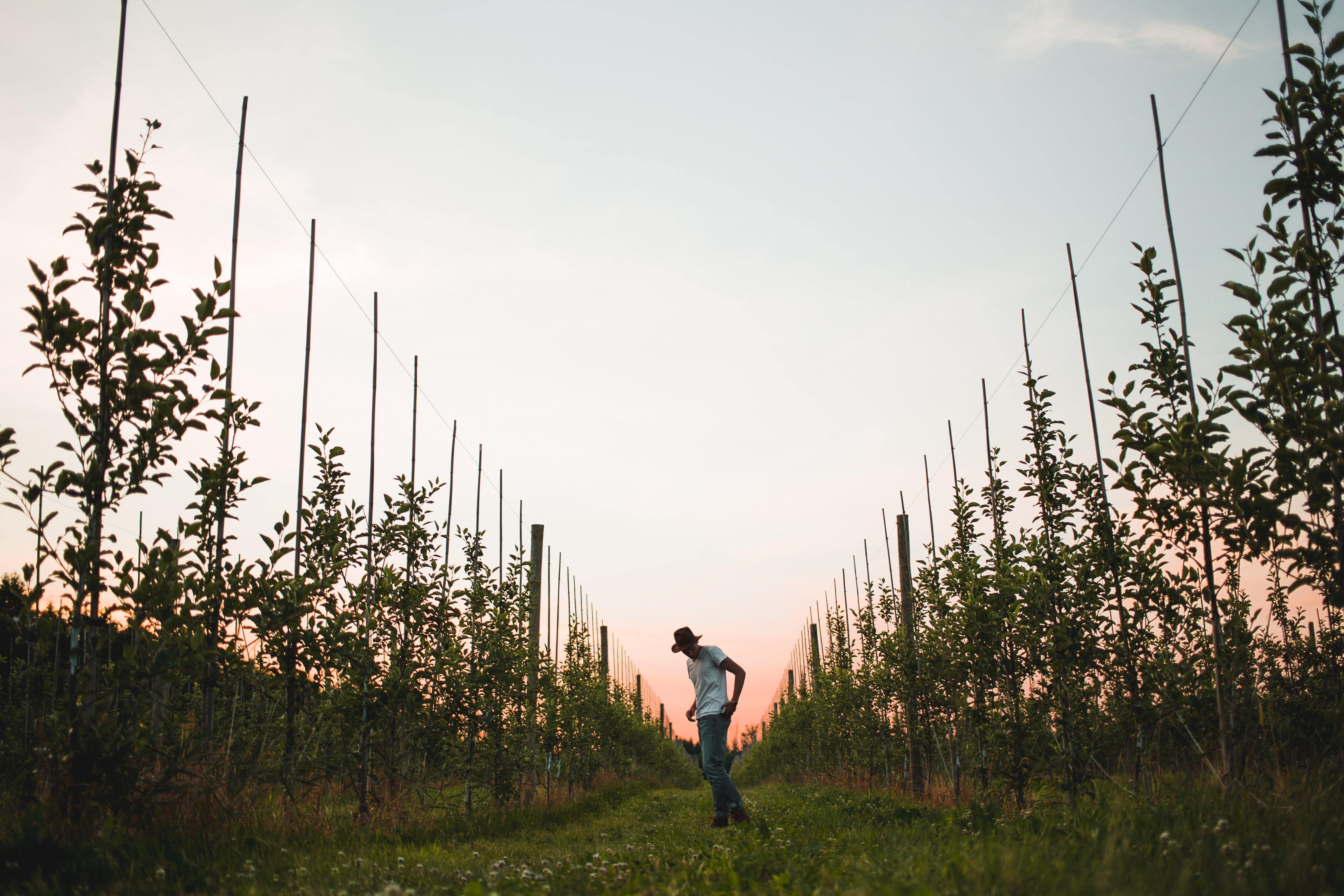
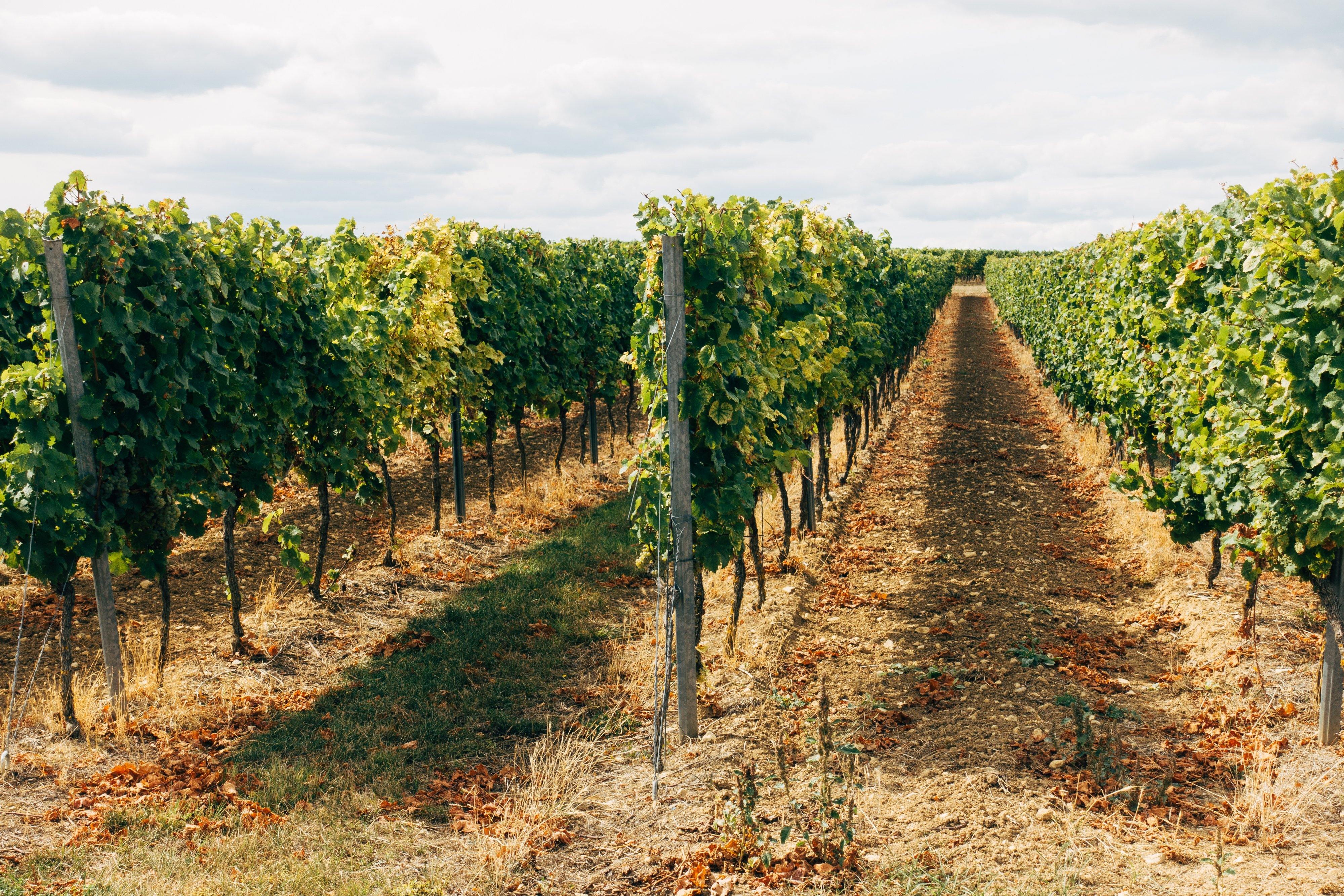
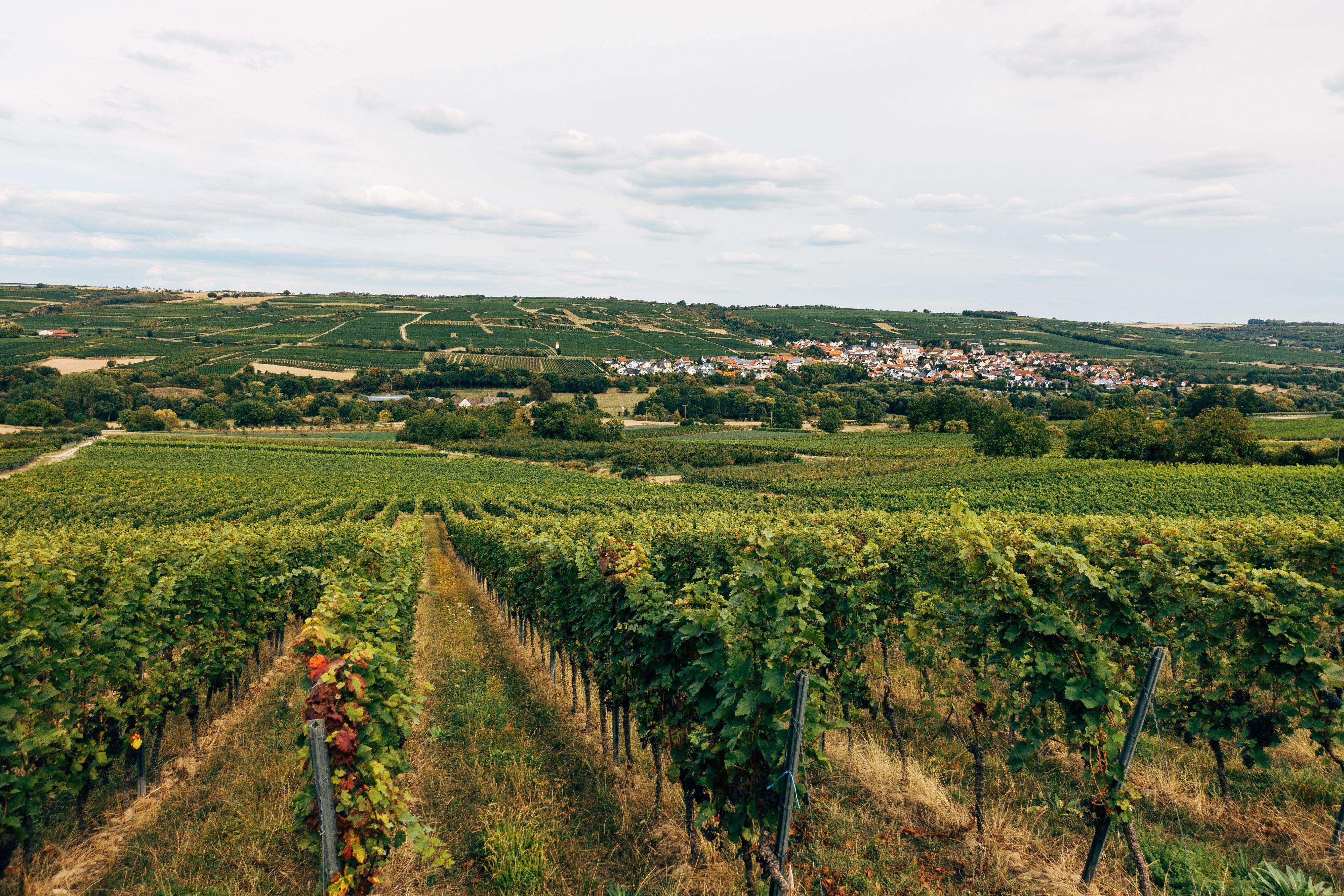
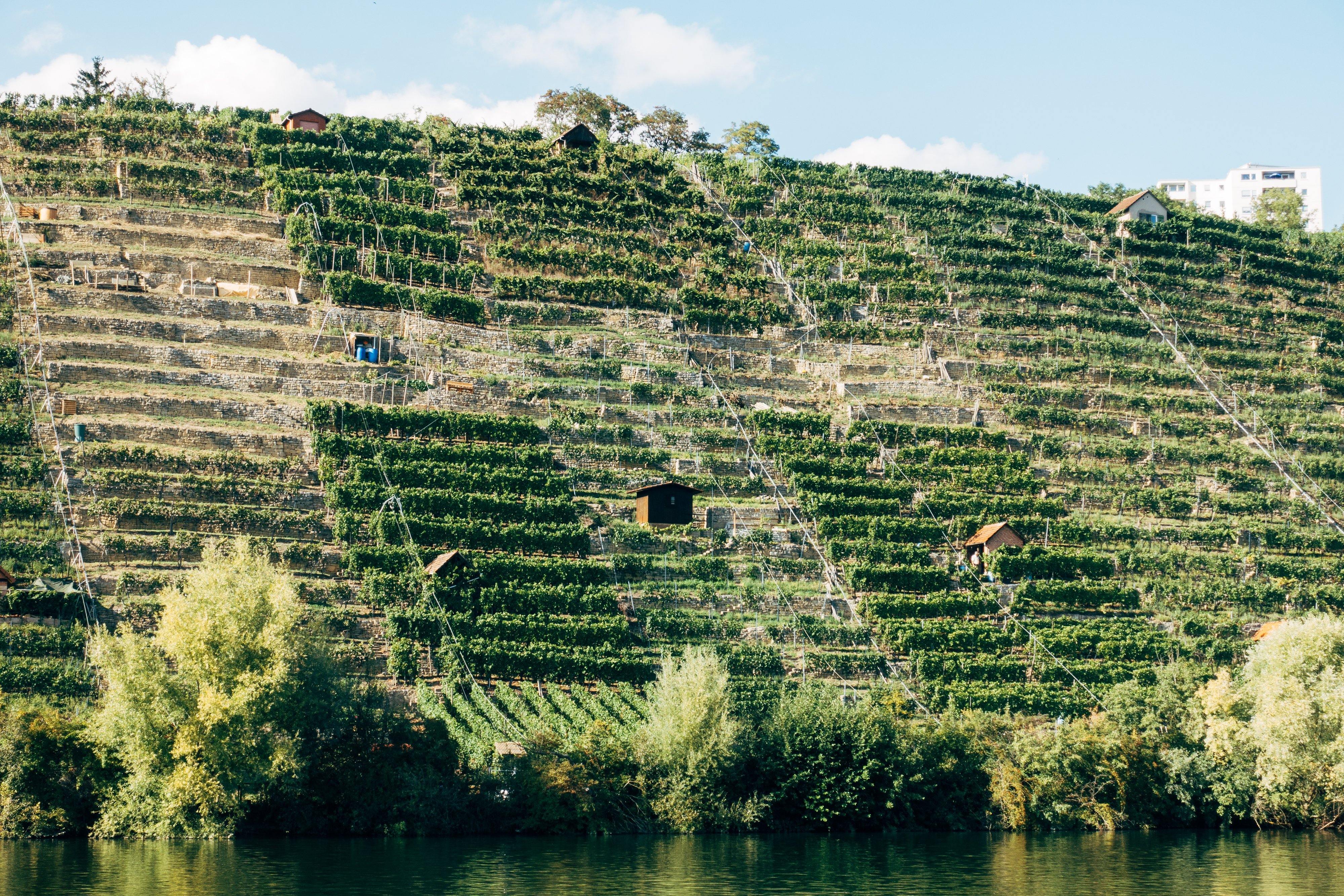
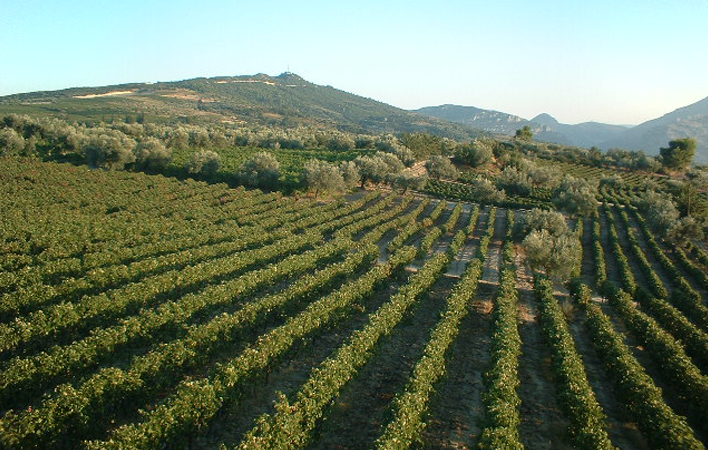
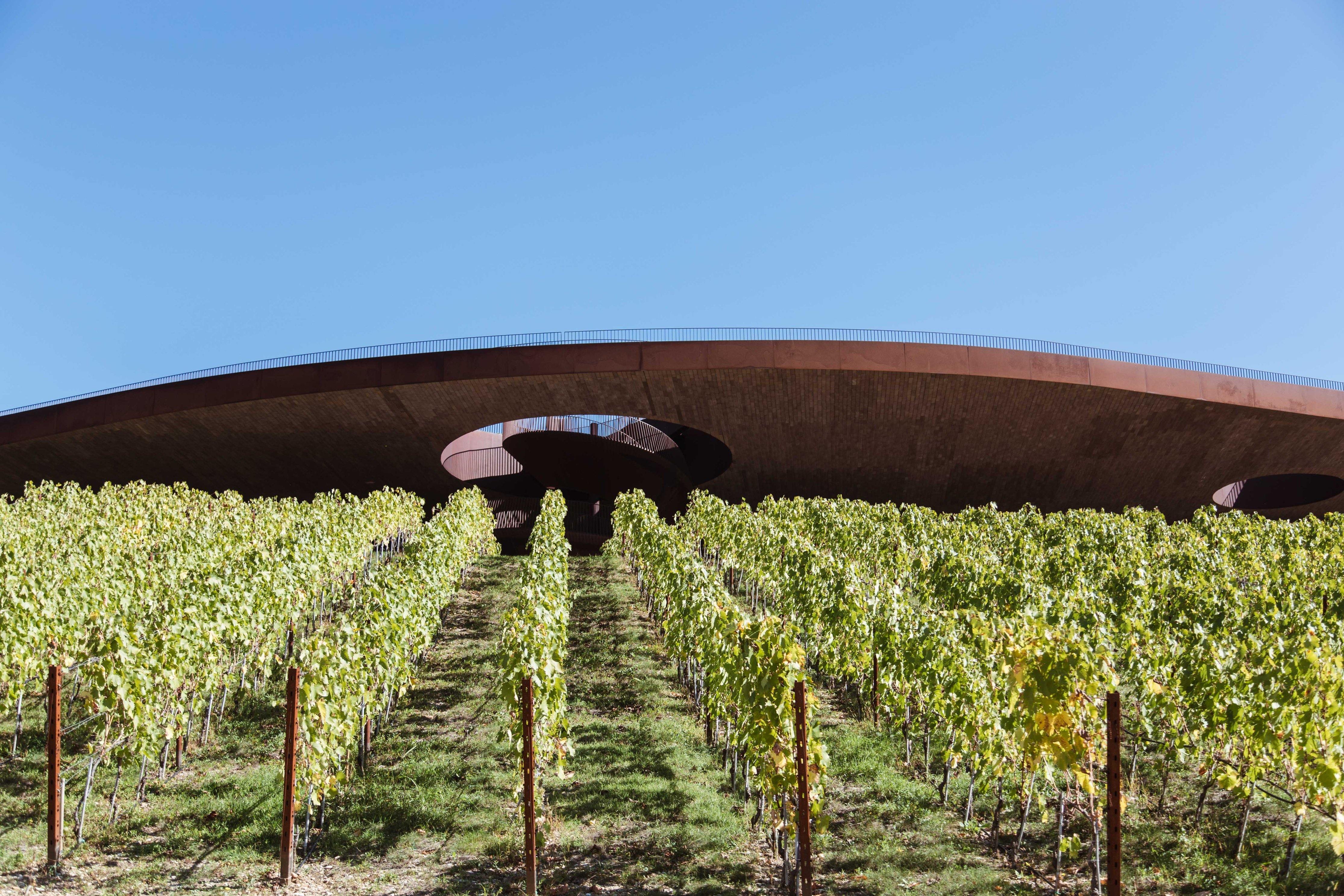
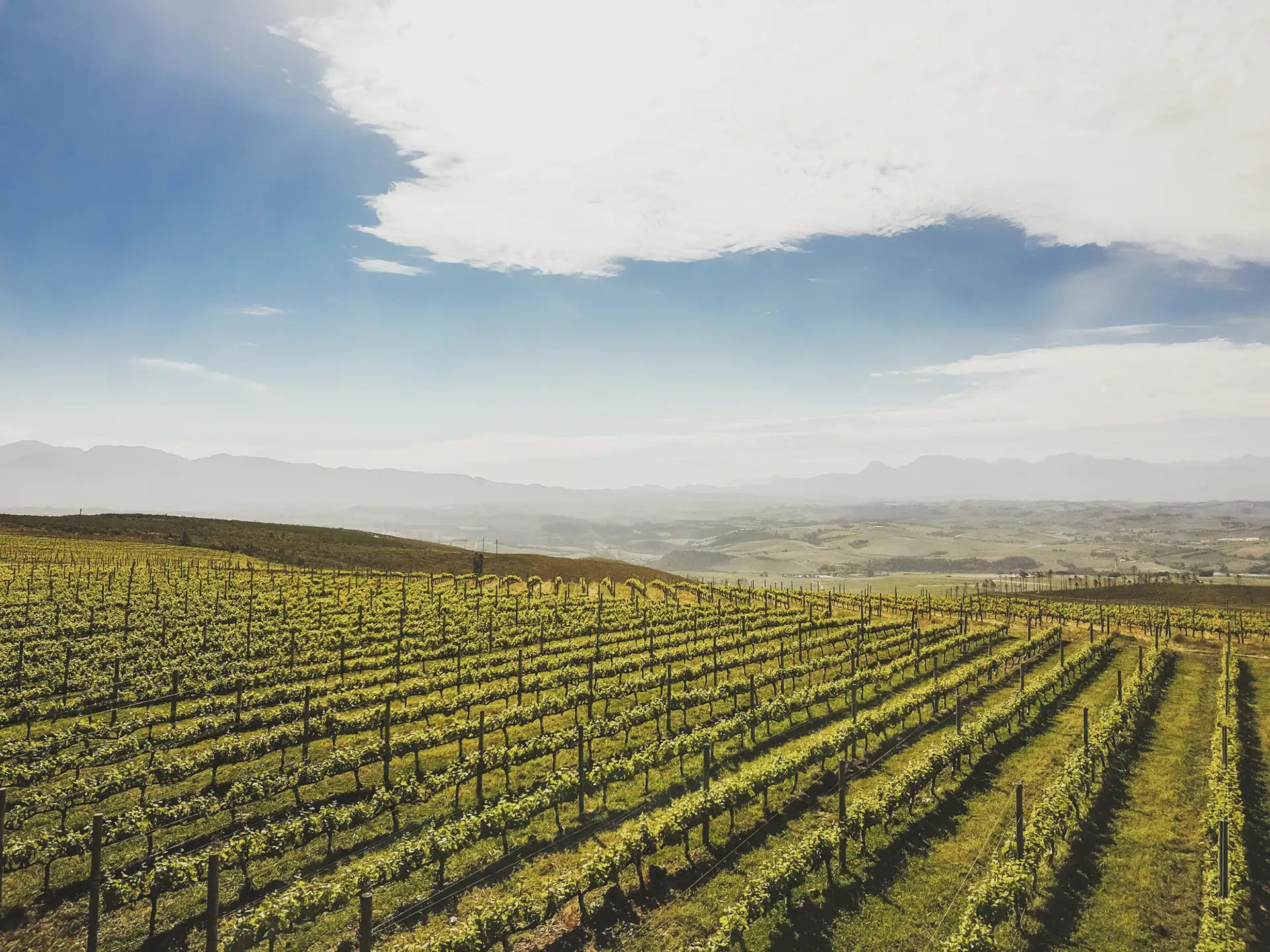
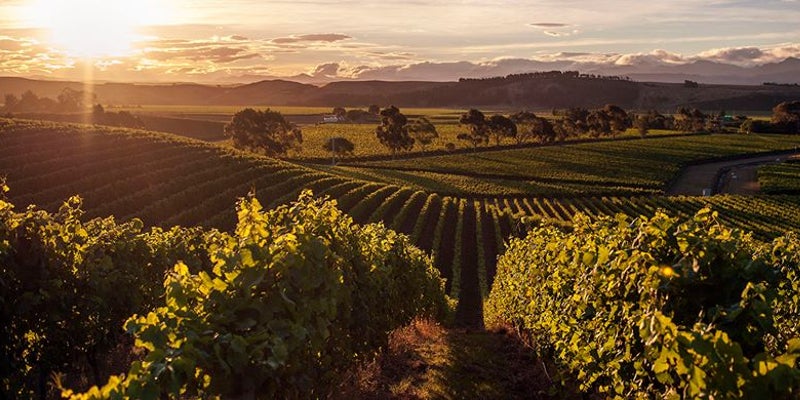
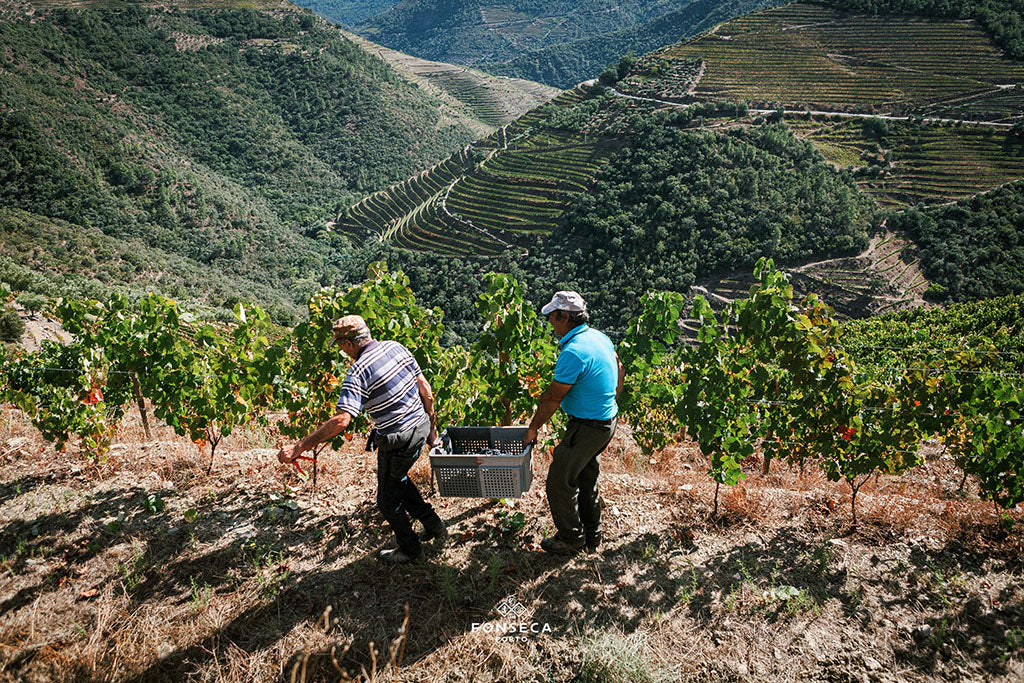
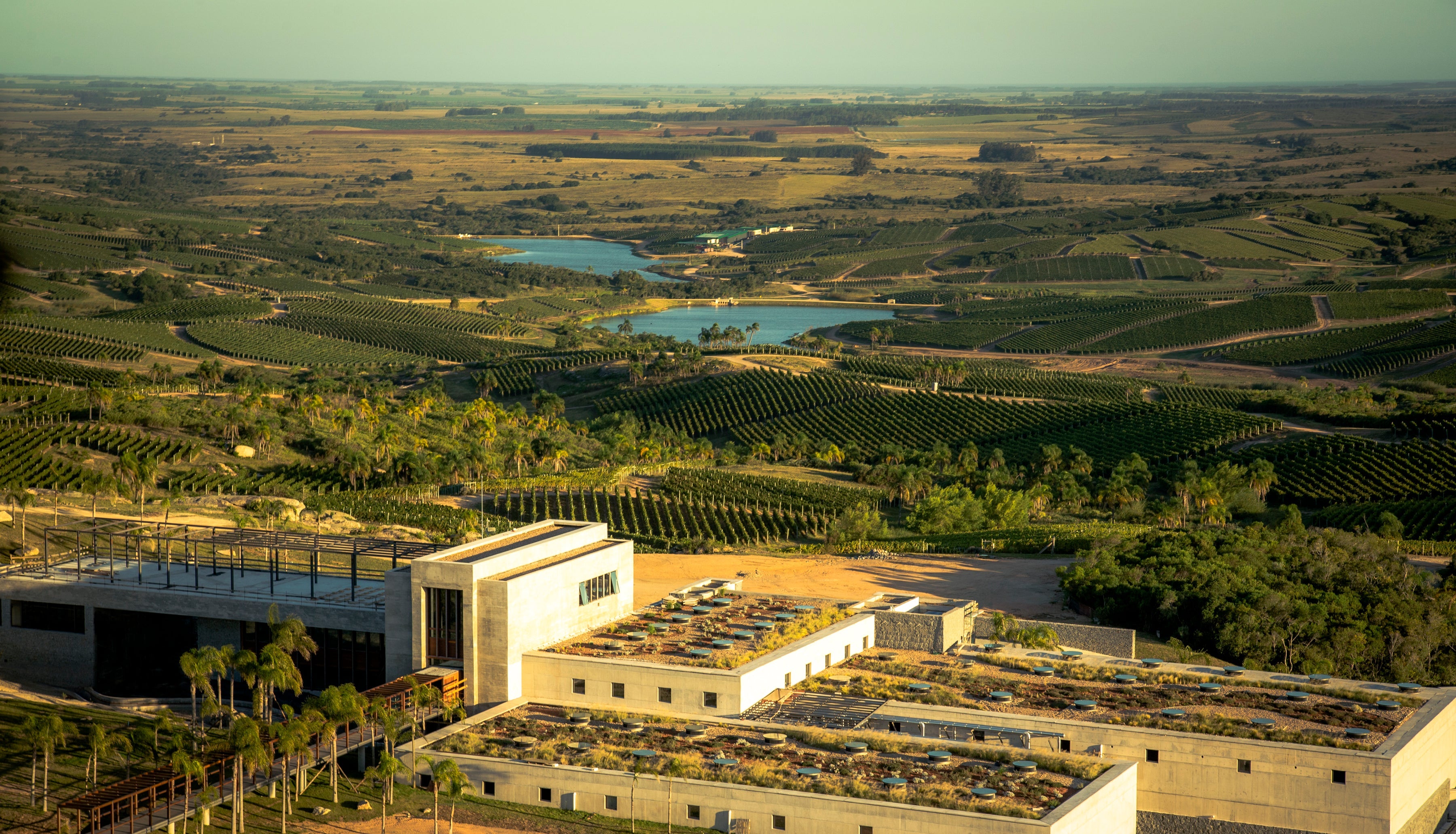
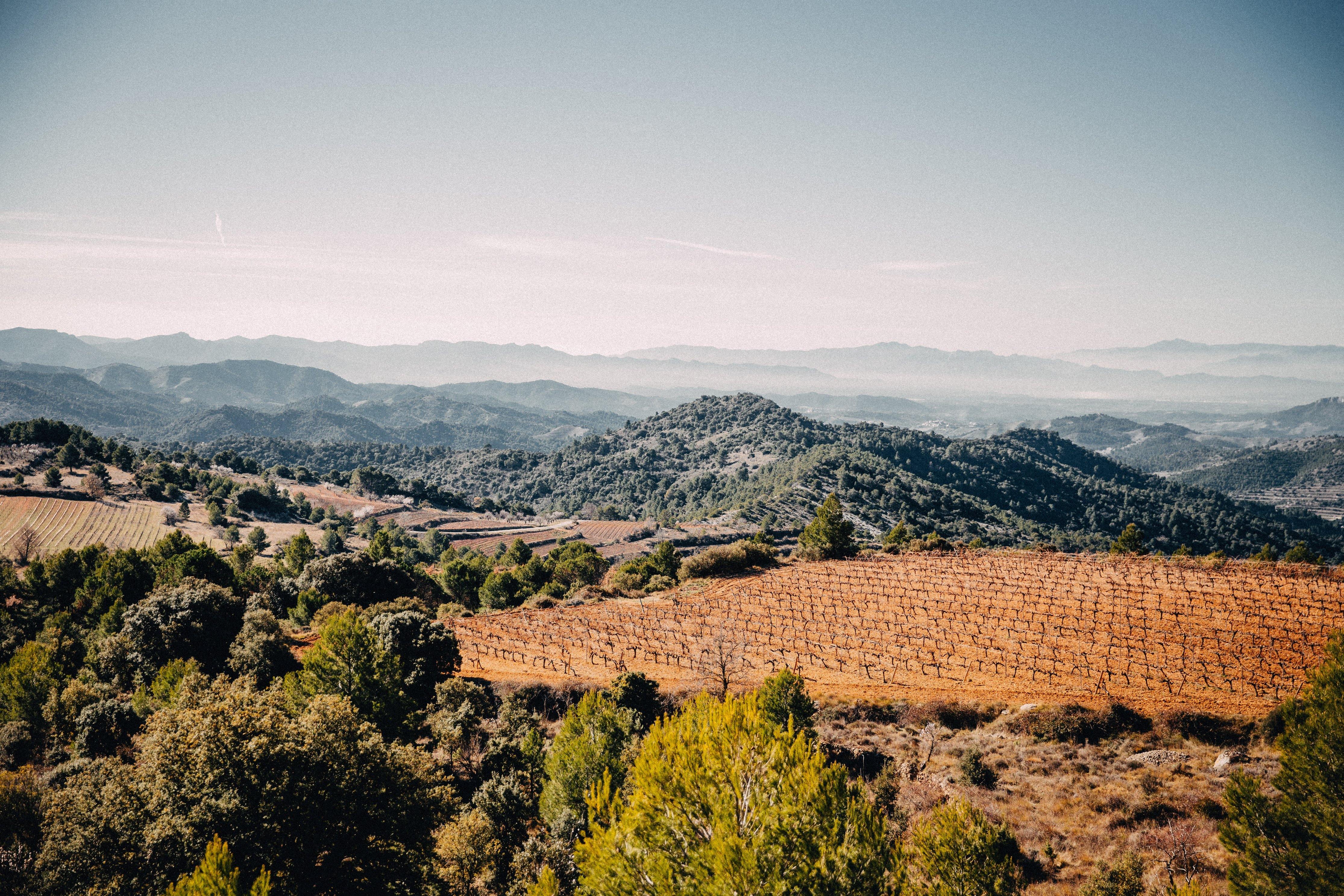
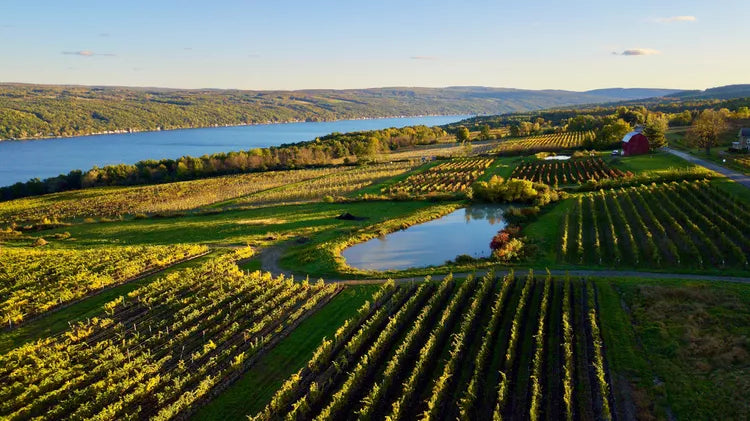


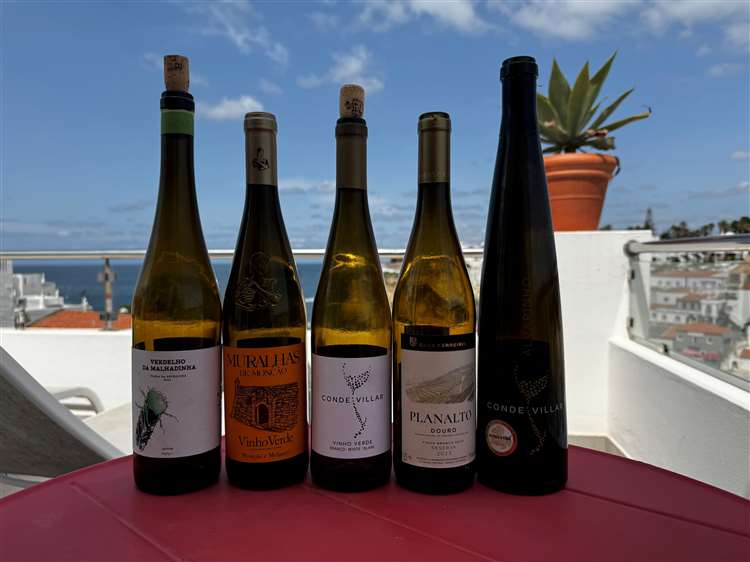
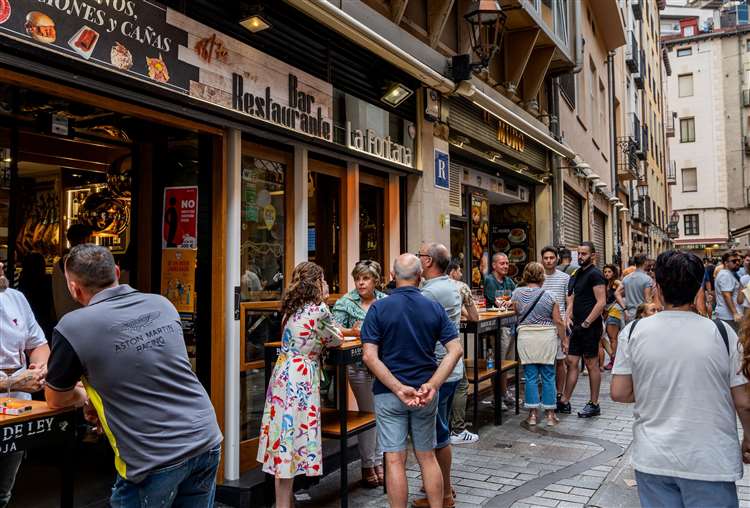
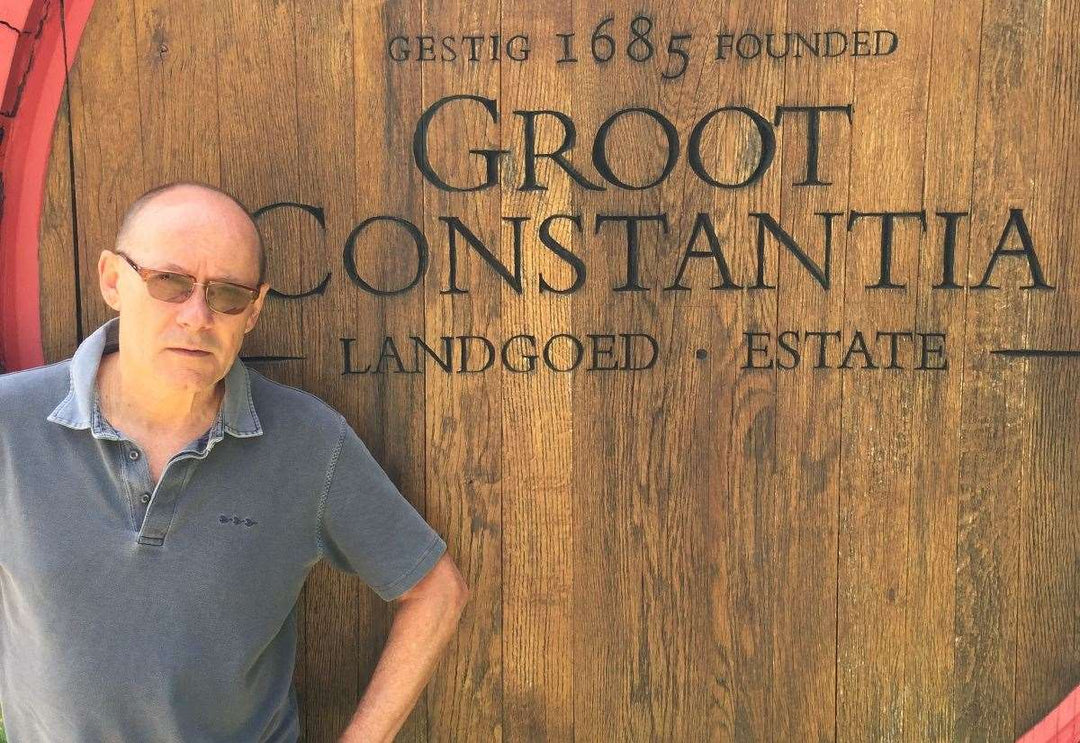
Leave a comment